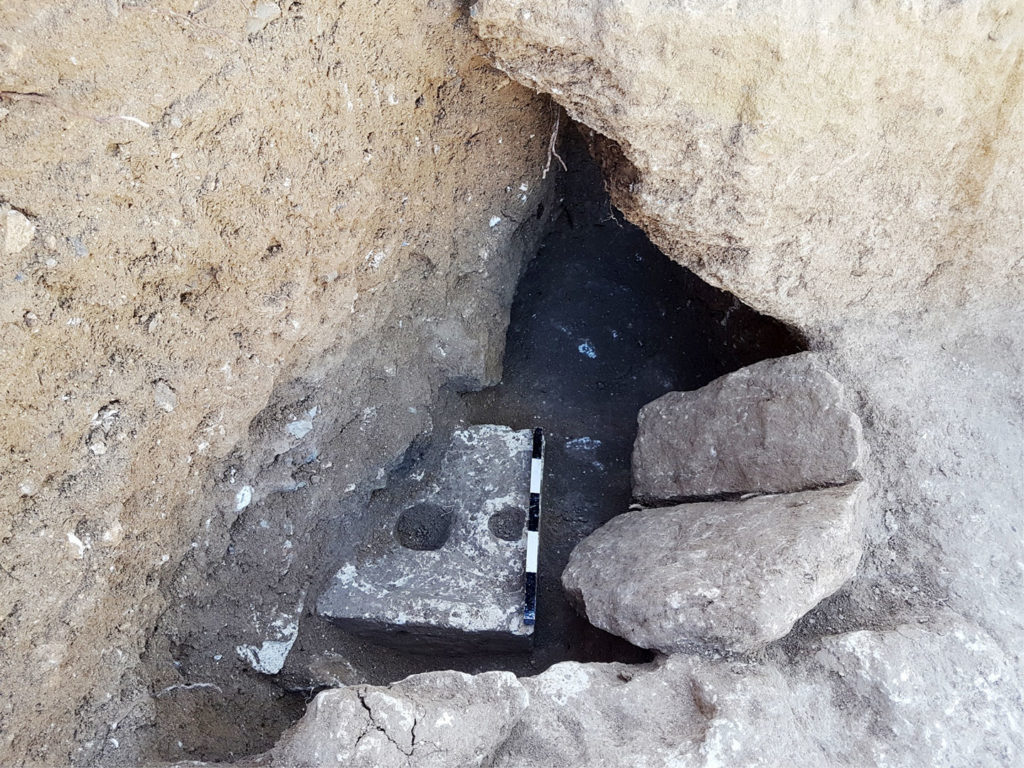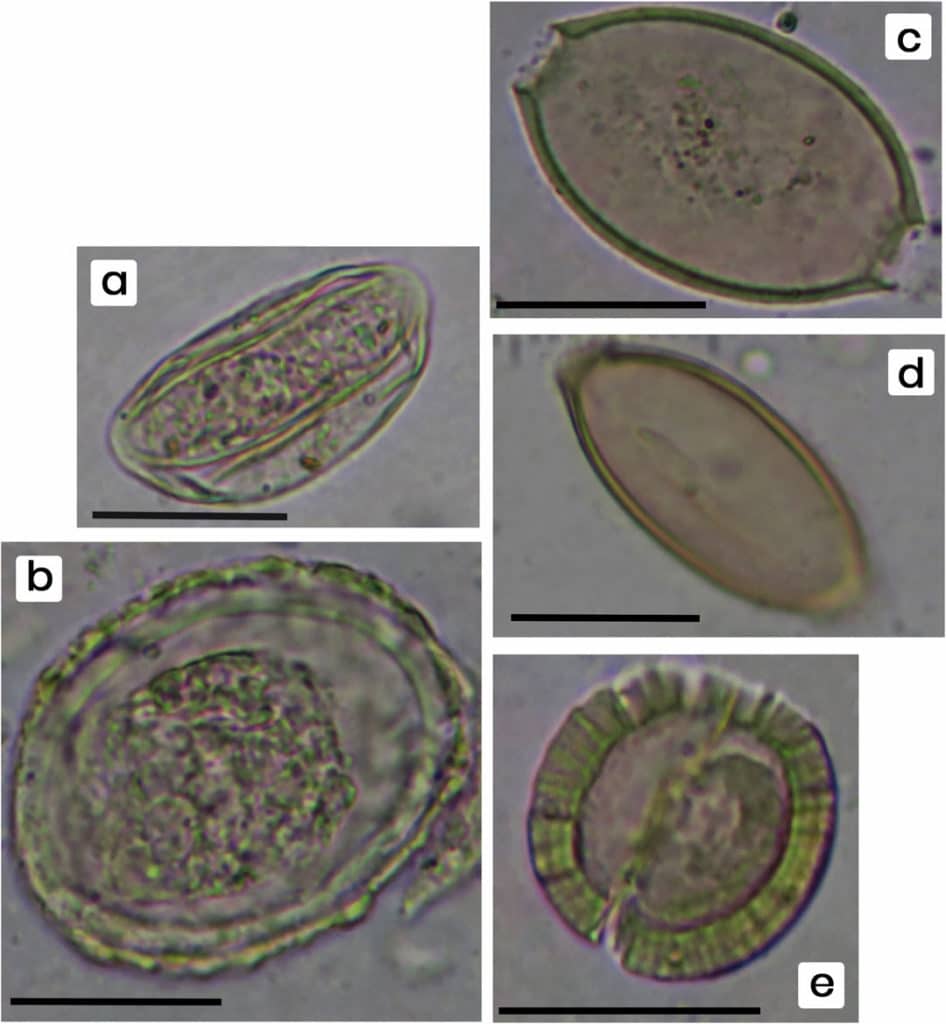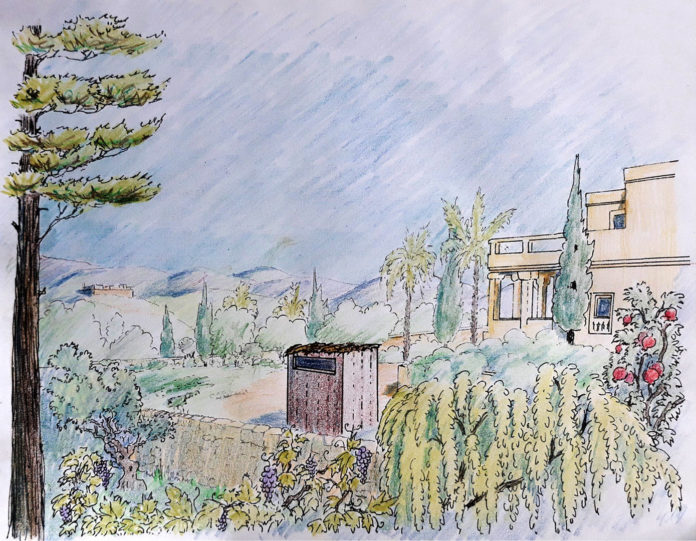Studies of intestinal parasites that remain preserved in ancient feces deposits (Archaeoparasitology) are an essential tool for tracing the evolution of past infections worldwide. Archaeoparasitological studies can also provide important information on ancient societies’ health and sanitation standards.
These studies are aided by intestinal parasitic worms that infect humans and lay thousands of exceptionally durable eggs per day. Once the eggs are passed into the open environment, they become a permanent archaeological record of diseases. Parasitological studies of pinworms found in humans, great apes, and lesser apes demonstrate that pinworm evolution paralleled primate evolution. Hence, pinworms have been a nuisance since the beginning of humankind.
A study from the Institute of Archaeology and The Steinhardt Museum of Natural History, Tel Aviv University, Israel, was published to determine the species of intestinal parasites present in 7th century BC high-status residents of Jerusalem and expose the history of regional health and sanitary conditions.
Fifteen sediment samples were collected from the cesspit below a stone toilet seat found at Armon Hanatziv, southern Jerusalem. The toilet installation was located in a garden adjacent to a monumental structure with unique architectural elements.

They have found the presence of four intestinal parasite egg taxa: Trichuris trichiura (whipworm), Taenia sp. (beef/pork tapeworm), Ascaris lumbricoides (roundworm), and Enterobius vermicularis (pinworm).
“This is the earliest appearance of roundworm and pinworm in the ancient Israel parasitological record.” Study quotes.
The toilet installation in the magnificent Armon Hanatziv estate garden was usual. These rare facilities in the archaeological record of ancient Israel, when found, are usually in or adjacent to residences of high-status groups. Sometimes they appear in religious or cultic contexts.
The occurrence of intestinal parasite eggs in the Armon Hanatziv cesspit indicates that the toilet was most probably a relatively primitive installation, increasing the risk of exposure to parasites and parasite-related diseases and epidemics. It is also possible that other sanitary practices of those using the toilet were either poor or non-existent and a contributing or primary factor in the spread of parasite-related diseases.
Researchers used A light microscope to identify and measure the eggs.

“The two largest taxa in the Armon Hanatziv assemblage, roundworm (Ascaris lumbricoides) and whipworm (Trichuris trichiura), often contribute to malnutrition and to childhood stunting resulting from heavy infections. Both taxa have a fecal-oral transmission. They are common in conditions of limited sanitation and/or poor hygiene, where inadequate disposal of fecal material, contamination of food and water supplies with fecal waste, and the use of human feces as field fertilizer are prevalent.” Study mentions.
Findings reveal that intestinal parasitic diseases most likely caused by poor sanitary conditions were a human problem in the Late Iron Age of Israel, affecting even high-status groups.
The study demonstrates the potential of Archaeoparasitological investigations to expand our knowledge of the origin and history of regional infections. Moreover, parasitological evidence enabled us to determine the purpose of the cubical perforated stone artifacts.
Journal Reference
- Dafna Langgut; Mid-7th century BC human parasite remains from Jerusalem. International Journal of Paleopathology, Volume 36, 2022, DOI: 10.1016/j.ijpp.2021.10.005
